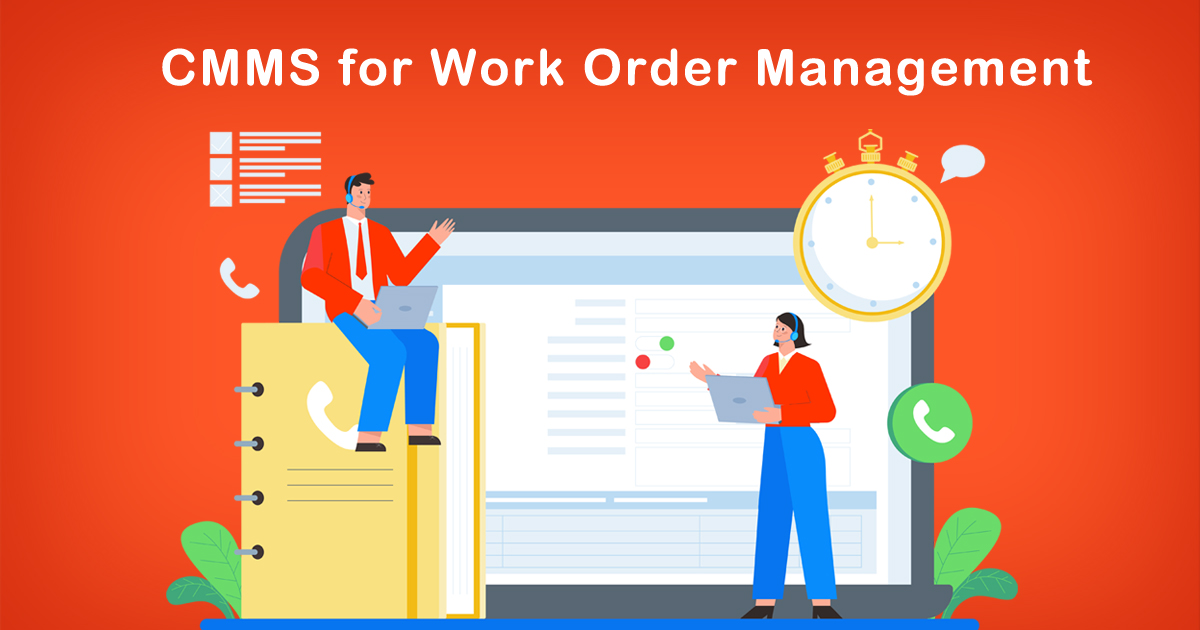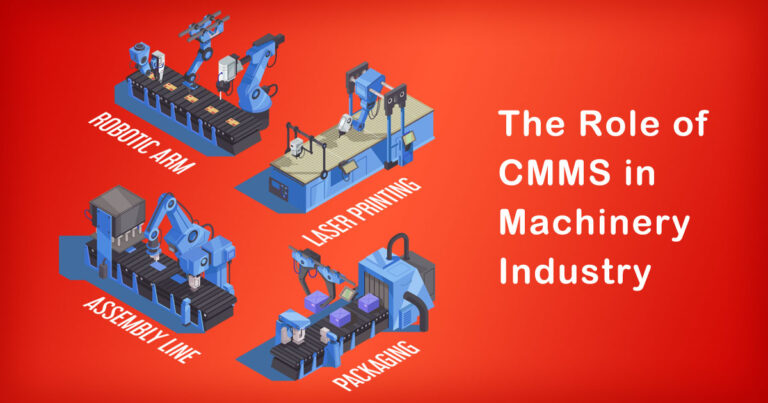In the modern world, work order management has become an essential component of any organization, whether it’s a manufacturing plant, a facility management company, or a service-based business. One of the most effective tools for work order management is a Computerized Maintenance Management System (CMMS). A CMMS is a software application designed to manage and maintain an organization’s assets, equipment, and facilities. This article will explore the benefits of using a CMMS for work order management in an Indian context.
- Improved Asset Management:
One of the primary benefits of using a CMMS for work order management is improved asset management. A CMMS allows organizations to track the maintenance history of each asset, including repair and replacement costs, downtime, and other crucial metrics. This data can help organizations to optimize asset maintenance schedules, reducing downtime and extending the lifespan of assets. In an Indian context, where equipment failure can result in significant production losses, using a CMMS for work order management can be a game-changer.
- Increased Efficiency:
Using a CMMS for work order management can also help organizations to increase efficiency by automating many of the tasks associated with work order management. A CMMS can automatically generate work orders based on predefined criteria, assign tasks to the appropriate personnel, and track progress. This automation can help organizations to streamline their processes, reduce errors, and save time.
- Better Planning and Scheduling:
A CMMS can also help organizations to better plan and schedule maintenance tasks. With a CMMS, organizations can set up preventative maintenance schedules based on time, usage, or other criteria, ensuring that maintenance tasks are performed at the optimal time. Additionally, a CMMS can help organizations to prioritize work orders based on urgency, allowing them to address critical issues first.
- Improved Communication:
Effective communication is critical to successful work order management. A CMMS can help organizations to improve communication by providing a centralized platform for all stakeholders to view work orders, communicate with each other, and track progress. This can help to eliminate misunderstandings, reduce errors, and ensure that everyone is on the same page.
- Enhanced Reporting and Analysis:
Finally, using a CMMS for work order management can provide organizations with enhanced reporting and analysis capabilities. A CMMS can generate detailed reports on equipment maintenance history, work order completion rates, and other crucial metrics. This data can help organizations to identify trends, optimize processes, and make data-driven decisions.
Conclusion:
In conclusion, using a CMMS for work order management can provide numerous benefits for organizations in India. From improved asset management and increased efficiency to better planning and scheduling and enhanced reporting and analysis, a CMMS can help organizations to streamline their processes, reduce errors, and save time and money. As such, organizations in India should consider implementing a CMMS for work order management to help them stay competitive in today’s fast-paced business environment.







